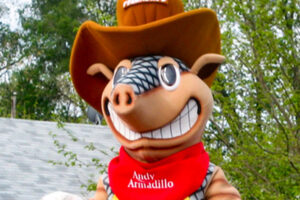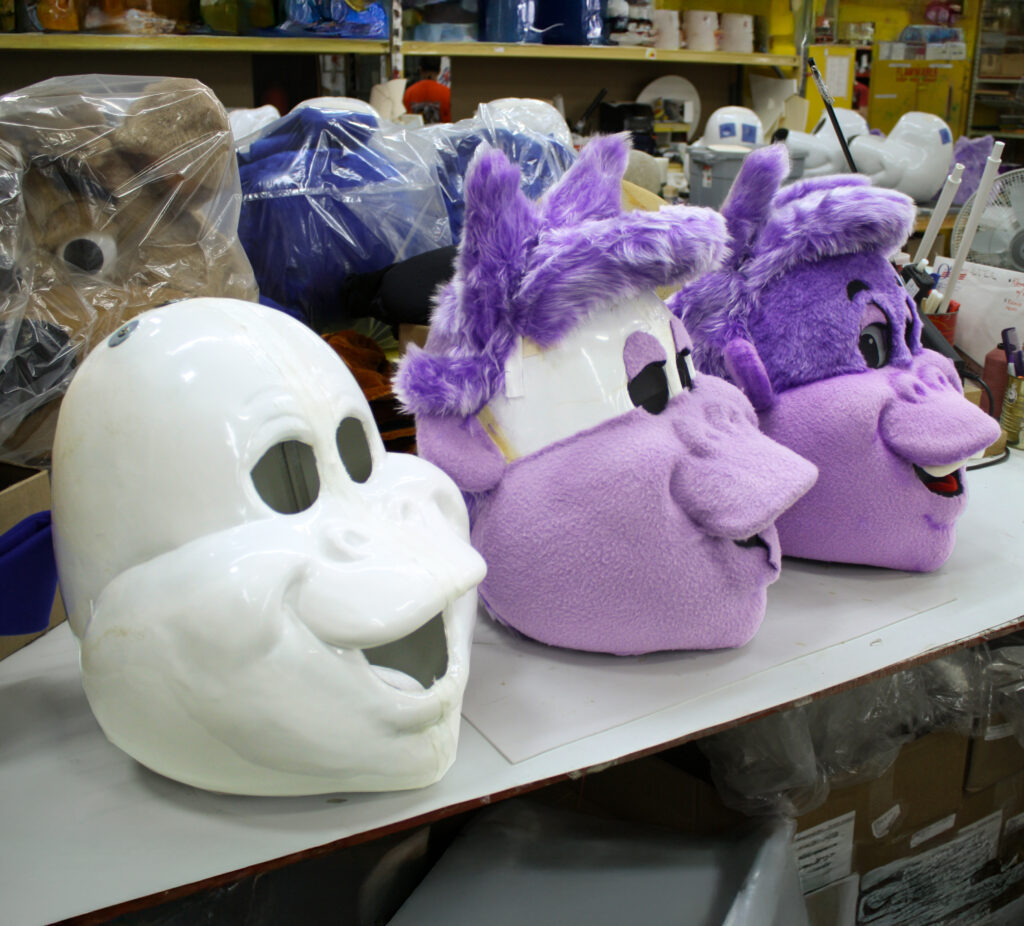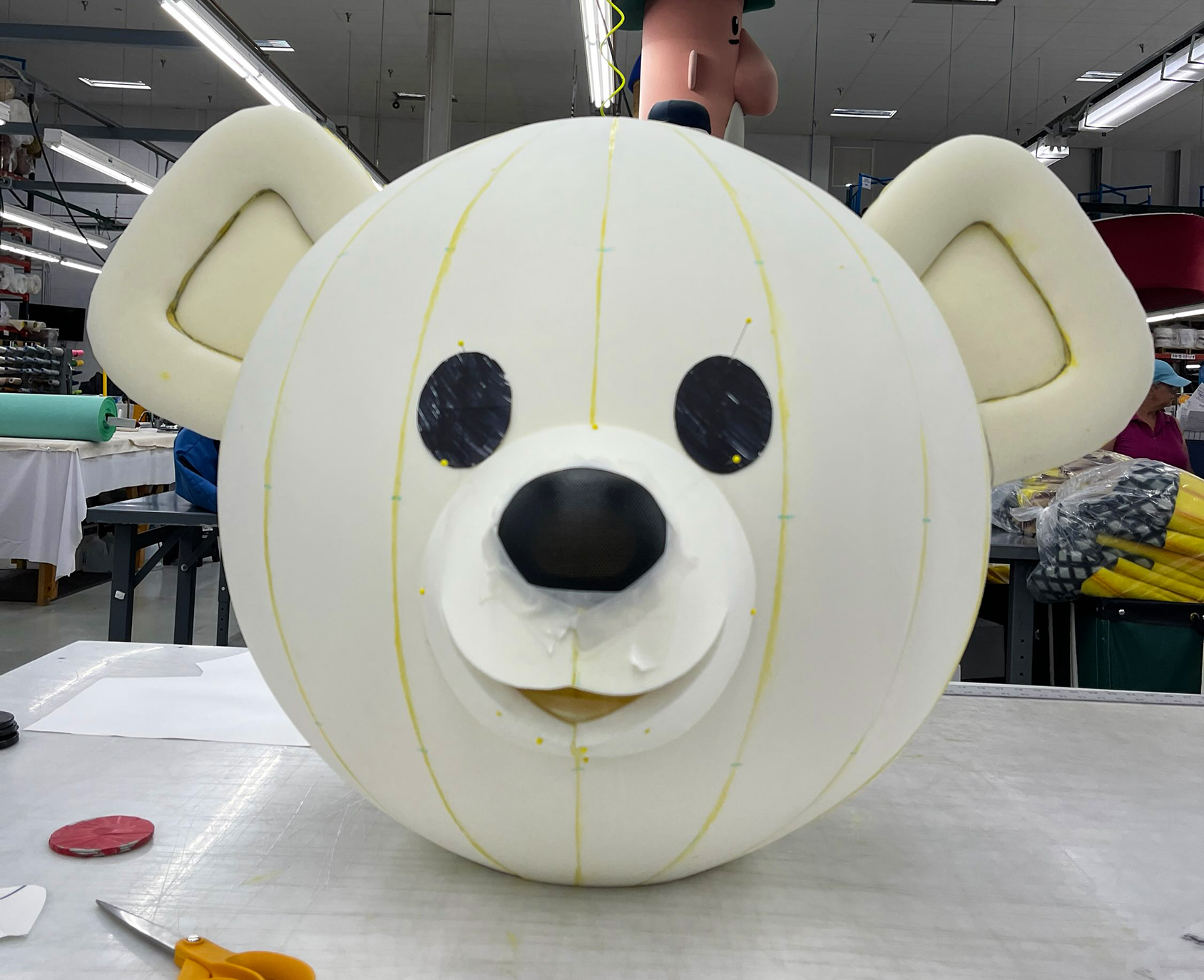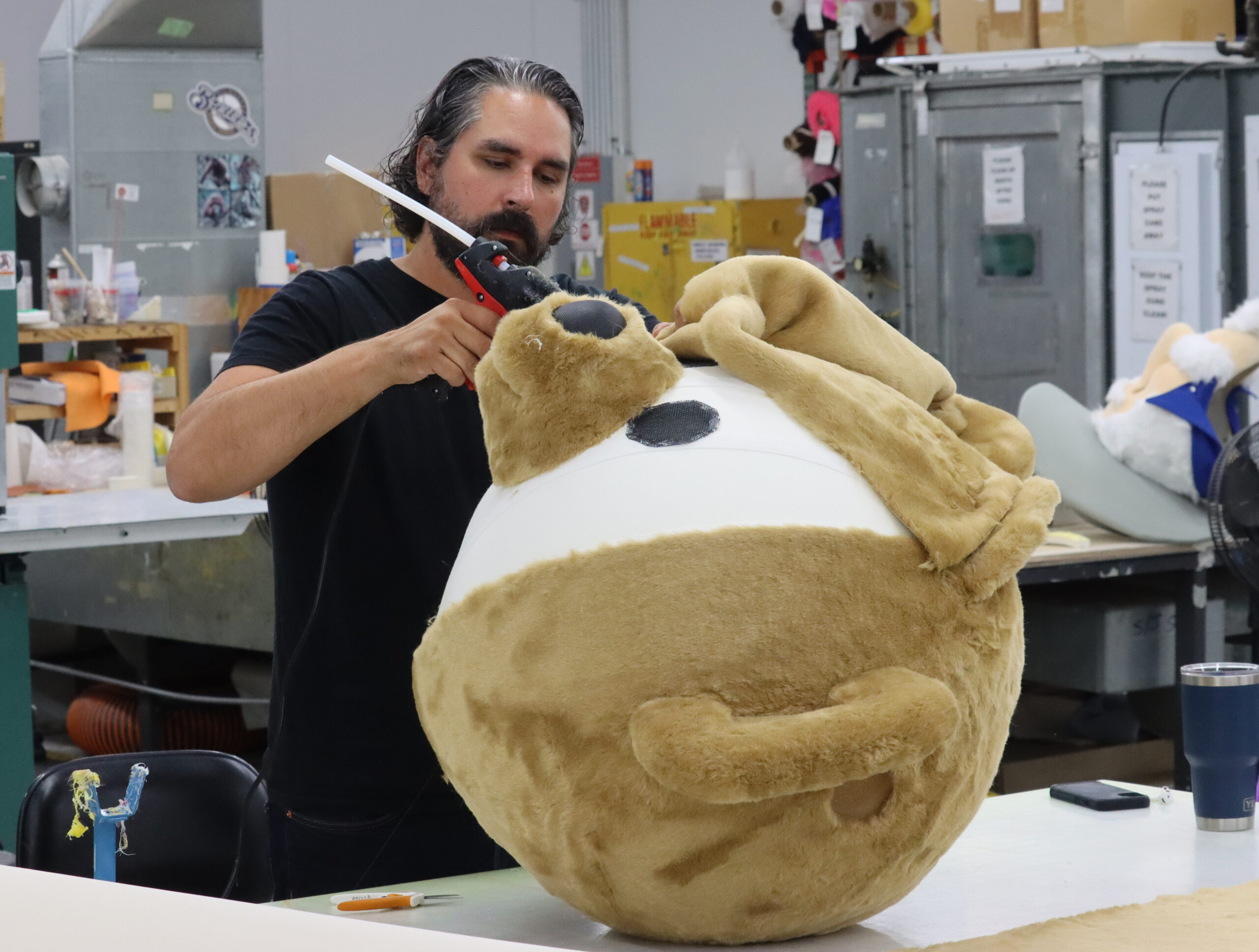
5 Ways to Introduce Your New Mascot
Your mascot’s introduction is vital to your mascot character’s success in promoting your brand. From the first moment your character steps onto the field or appears at an event, you want them to connect with your fans and to become the face of your brand. The big question is- how do you do it?





